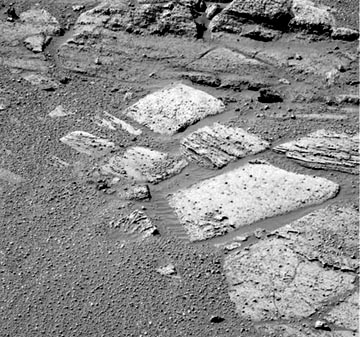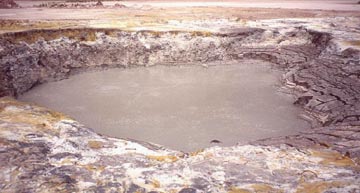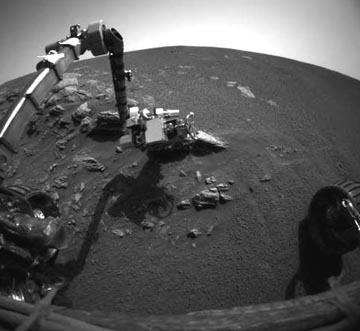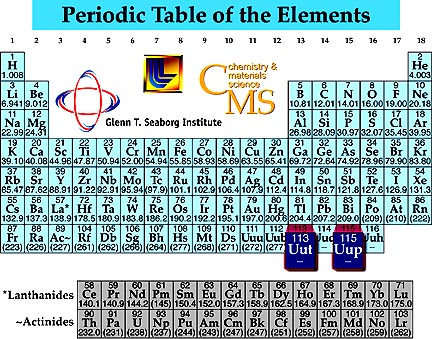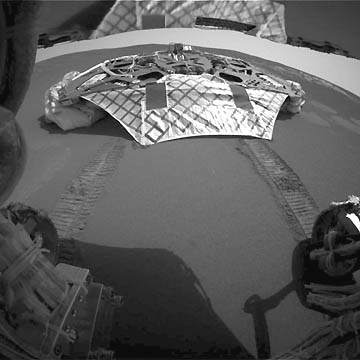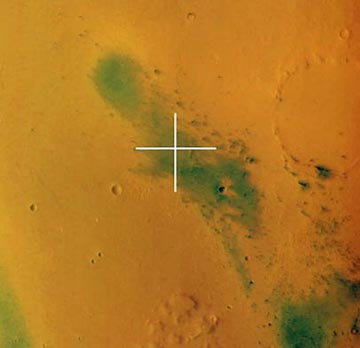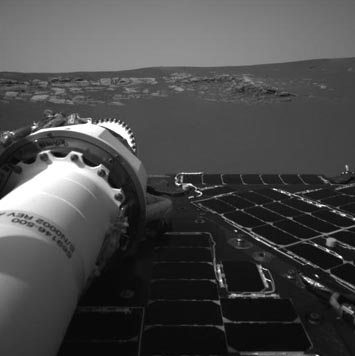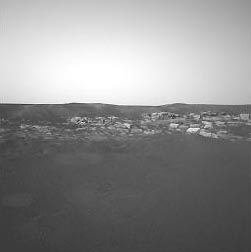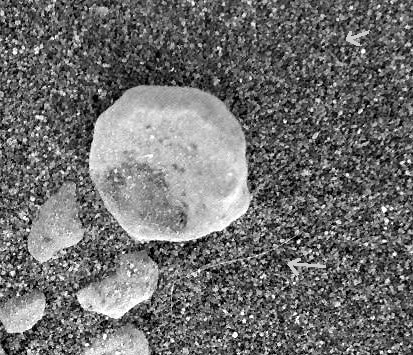
February 14, 2004 Tempe, Arizona - The NASA/JPL rover called Opportunity has been rolling along the light-colored bedrock in the Meridiani Planum taking spectrometer measurements of the rocks and stopping here and there to examine closely the soil through its microscopic imager (MI).
Click here to subscribe and get instant access to read this report.
Click here to check your existing subscription status.
Existing members, login below:


